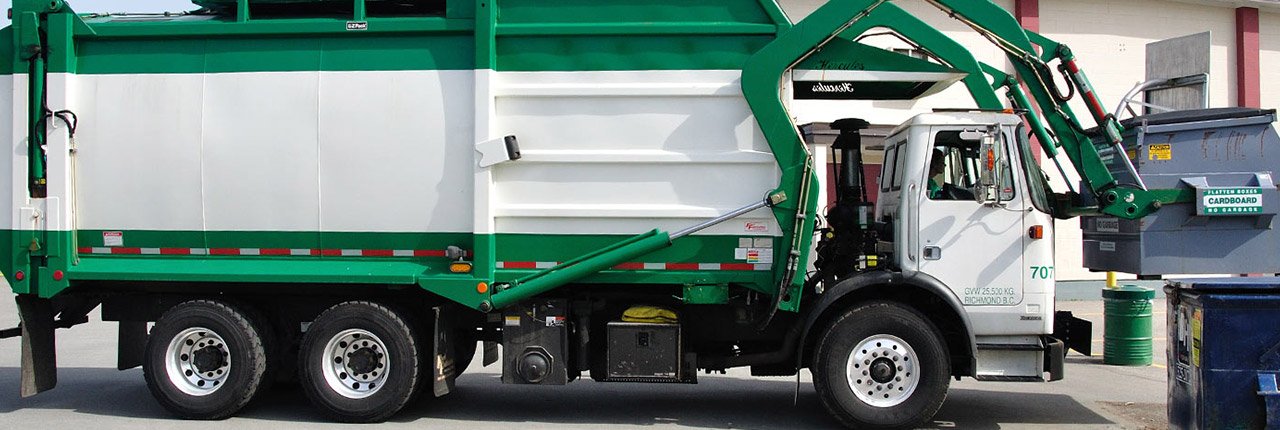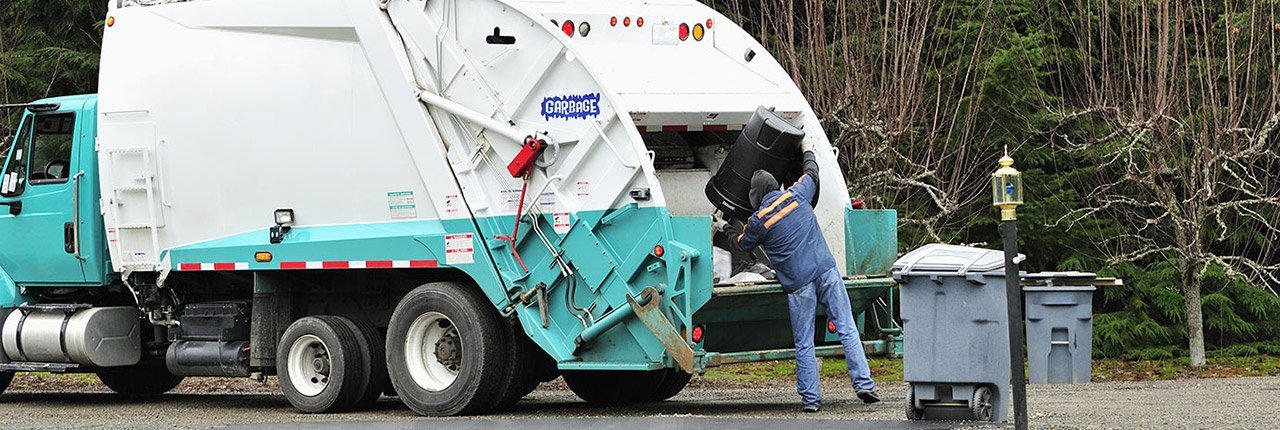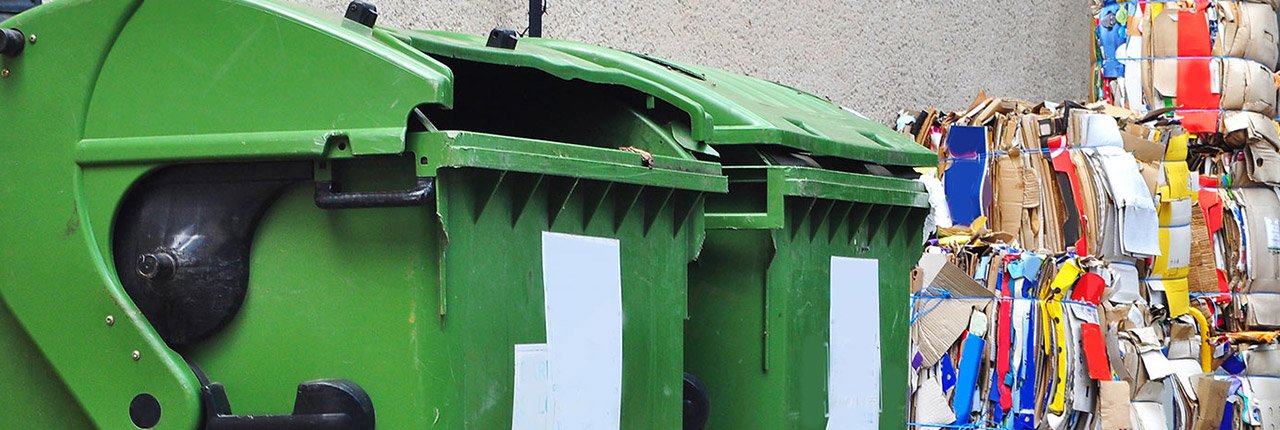Innovative Solutions for Packaging and Cardboard Disposal
Posted on 06/10/2025
Innovative Solutions for Packaging and Cardboard Disposal
In today's fast-paced e-commerce-driven world, the use of packaging materials--especially cardboard--has reached unprecedented levels. Businesses and consumers alike are grappling with the challenges of handling packaging waste and finding eco-friendly, cost-effective means of cardboard disposal. This need has led to significant advancements and innovative solutions that help reduce environmental impact, streamline recycling processes, and create a more circular economy. In this comprehensive article, we'll explore the latest trends, practices, and technologies revolutionizing packaging waste management and making cardboard disposal both efficient and sustainable.
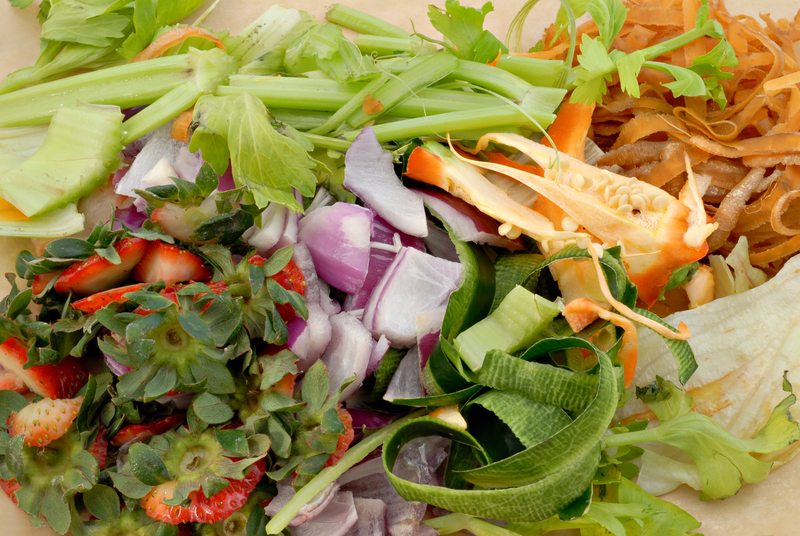
Why Packaging and Cardboard Disposal Needs Innovations
- Cardboard Waste Explosion: Online shopping has increased cardboard packaging production, causing a surge in waste generation globally.
- Environmental Impact: If not properly managed, traditional cardboard disposal methods--landfilling or incineration--can contribute to pollution and greenhouse gas emissions.
- Circular Economy Pressures: Both businesses and governments are under pressure to adopt sustainable practices, prompting innovations in packaging and disposal.
Innovative cardboard recycling and packaging solutions not only minimize ecological footprints but often lead to reduced costs and improved business reputation.
Revolutionary Packaging Materials & Designs
1. Eco-Friendly Packaging Materials
The transition from traditional cardboard and plastics to biodegradable, recyclable, or compostable packaging options is gaining momentum. Below are some cutting-edge materials:
- Mushroom Packaging: Created from agricultural by-products and mycelium, this material is totally compostable and rivals cardboard for lightweight shipping needs.
- Corrugated Bubble Wrap: Instead of plastic, companies are switching to corrugated bubble wraps made from recycled paper and cardboard fibers.
- Hemp Packaging: Highly renewable and strong, hemp-paper is naturally biodegradable--offering a sustainable alternative to cardboard boxes.
- Starch-Based Polymers: Plant-derived bioplastics that break down easily, reducing landfill burden.
2. Smart Packaging Designs to Reduce Waste
Visionary brands are rethinking the very design of packaging to minimize material use and simplify cardboard recycling:
- Modular Box Solutions: Custom-sized boxes and flexible packaging shapes significantly reduce leftover space and cardboard usage.
- Easy-Flat Boxes: Boxes designed for effortless flattening promote higher recycling rates and more efficient shipping returns.
- Returnable Packaging: Durable reusable cases or boxes that companies can recollect and reuse, eliminating single-use waste.
- Digital Printing Technologies: Direct-to-box printing erases the need for external labels, making recycling processes smoother.
Advanced Collection and Sorting Methods
1. Smart Bins and RFID Technology
Smart waste collection bins, equipped with sensors and RFID (Radio Frequency Identification) technology, are drastically improving cardboard disposal operations:
- Real-Time Monitoring: Sensors track bin fill levels and summon collection services only when genuinely necessary, cutting down on energy and fuel waste.
- Automated Sorting: Bins with computerized vision systems can sort cardboard materials from mixed waste, improving the quality of recycled materials.
- Material Tracing: RFID tags embedded in packaging help trace a box's journey, providing data for reuse, recycling, or eco-design improvements.
2. Robotic Sorting Facilities
Modern material recovery facilities (MRFs) now utilize robotics and artificial intelligence for rapid, precise sorting. These technologies:
- Boost Recycling Rates: Robots can distinguish between various types of cardboard and contaminants, ensuring cleaner recyclables.
- Reduce Human Labor: Automation increases efficiency and worker safety.
- Optimize Material Value: Sophisticated sorting ensures high-grade cardboard is collected for premium recycling applications.
Transformative Cardboard Recycling Technologies
1. On-Site Industrial Cardboard Shredders
Businesses can now manage their cardboard waste internally using compact shredding equipment, which:
- Reduces Bulky Waste: Large boxes are processed into smaller scraps for easier storage and transportation.
- Enables In-House Recycling: Shredded cardboard can be used onsite as packing material or sold/taken directly to recycling plants.
2. Chemical Recycling Methods
While most cardboard is mechanically pulped, chemical recycling can handle contaminated or multi-layered cardboard. Benefits include:
- De-Inking & De-Coating: Solvent-based processes remove inks and waxes, turning low-grade cardboard into clean, high-quality pulp.
- Resource Conservation: Less reliance on virgin wood fibers, protecting forests.
3. Recycled Cardboard Upcycling
Instead of single-use recycling, upcycling cardboard creates higher-value products, such as:
- Furniture & Architectural Features: Cardboard panels are pressed and treated for use in eco-friendly furniture and interior decor.
- Innovative Construction Materials: Composite boards mixing recycled cardboard with other fibers are used for insulation or partition walls.
Exciting Developments in Packaging and Cardboard Disposal Services
1. Subscription Recycling Services
Many start-ups offer scheduled cardboard pick-up for homes and businesses, making cardboard disposal convenient and accessible. Features include:
- Doorstep Collection: Regular, hassle-free removal of accumulated packaging waste.
- Real-Time Reporting: Apps and dashboards let users monitor their recycling impact and waste reduction statistics.
2. Packaging-As-A-Service Platforms
Emerging Packaging-as-a-Service (PaaS) providers allow companies to rent reusable packaging that is professionally cleaned, maintained, and rotated. Not only does this save on raw materials, but it also greatly reduces packaging waste disposal.
3. Zero-Waste Delivery Initiatives
Collaborations between cities and retailers have birthed circular delivery models using standardized, reusable boxes. Major cities across Europe, North America, and Asia now support pilot programs where packaging is collected upon delivery or return.
Engaging the Public: Education and Incentive Programs
1. Gamified Recycling Apps
New user-friendly recycling apps are turning the act of proper cardboard disposal into a game:
- Points for Responsiveness: Users get rewards for correct sorting and timely disposal of packaging waste.
- Community Competitions: Local leaderboards inspire neighbors and businesses to outdo one another in reducing packaging waste.
2. Deposit-and-Return Incentives
Some retailers now provide a deposit refund when customers return used cardboard packaging. This simple yet powerful incentive has led to higher return rates and less litter.
3. Corporate Responsibility Programs
Large retailers and e-commerce businesses are investing in consumer education campaigns about proper packaging and cardboard disposal. These efforts help cultivate long-term positive behavior changes across communities.
How Businesses Can Adopt Innovative Packaging and Disposal Strategies
Step 1: Audit and Measure Packaging Waste
Both small businesses and large organizations should analyze their packaging streams to identify high-waste areas and optimize their packaging supply chain accordingly.
Step 2: Shift to Eco-Design and Sustainable Materials
- Adopt minimalist packaging designs to cut down cardboard use.
- Source from certified, recycled, and easily recyclable materials.
- Work with suppliers who support closed-loop recycling.
Step 3: Invest in On-Site Processing or Partner with Specialists
- Install compactors or shredders to handle bulk cardboard waste cost-effectively.
- Join forces with specialized recycling companies for regular collection and data-driven waste reporting.
Step 4: Engage and Educate Employees
- Provide thorough training on cardboard disposal best practices.
- Encourage departmental competitions or incentives to promote active participation in waste reduction.
FAQs About Innovative Packaging and Cardboard Disposal
What are the latest technologies in cardboard recycling?
- AI-powered robotic sorting, chemical de-inking, and on-site shredding systems are transforming the landscape of cardboard recycling.
Can all types of cardboard be recycled?
- Most clean and dry corrugated cardboard is recyclable, but grease, heavy coatings, or embedded plastics may require specialized recycling methods.
How does reusable packaging impact the environment?
- Reusable packaging systems significantly lower raw material usage and waste disposal needs, especially when managed in closed-loop systems.
What are some easy tips for reducing packaging waste at home?
- Reuse shipping boxes for storage, participate in local recycling programs, and try to shop from brands that use minimal or sustainable packaging.
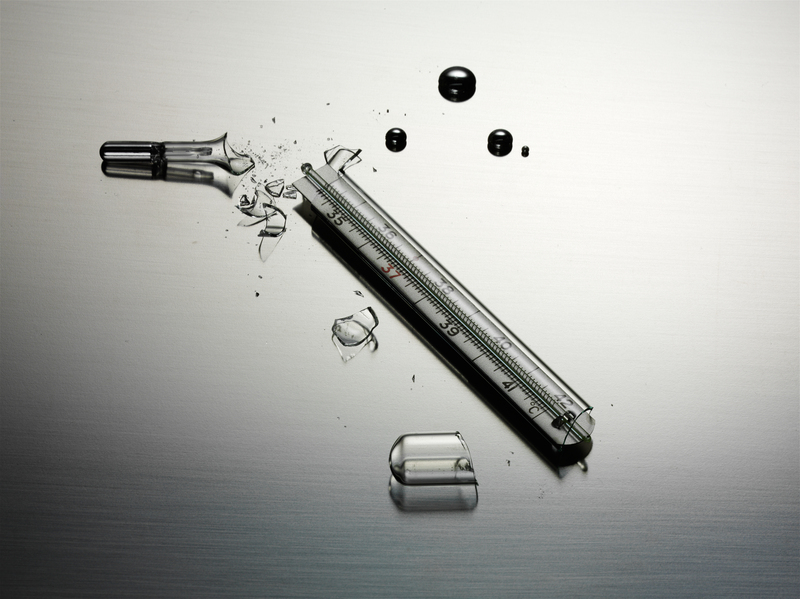
The Future of Packaging and Cardboard Waste Disposal
Looking ahead, the future of packaging and cardboard disposal lies in a multi-faceted approach. This includes not just advancing recycling techniques but also reimagining the entire packaging lifecycle from production, through use, to end-of-life management. Collaboration between manufacturers, retailers, consumers, and governments is essential to create closed-loop, zero-waste supply chains.
As more innovative solutions for packaging and cardboard disposal emerge, businesses and individuals play a crucial role in championing these advancements. By embracing sustainable packaging, utilizing advanced recycling services, and spreading awareness, society can tackle the cardboard waste challenge head-on--paving the way for a greener, more responsible future.
Conclusion
The surge in demand for packaging, driven by e-commerce and global trade, necessitates not just disposal but inventive rethinking of how we create, use, and recycle cardboard. Today's innovative packaging and cardboard disposal solutions are shifting paradigms and revealing the potential for reduced waste, lower costs, and a healthier planet.
Whether you're a business, policy-maker, or consumer, staying informed and proactive about cutting-edge packaging innovations and cardboard disposal methods isn't just eco-friendly--it's essential for long-term sustainability and success.





